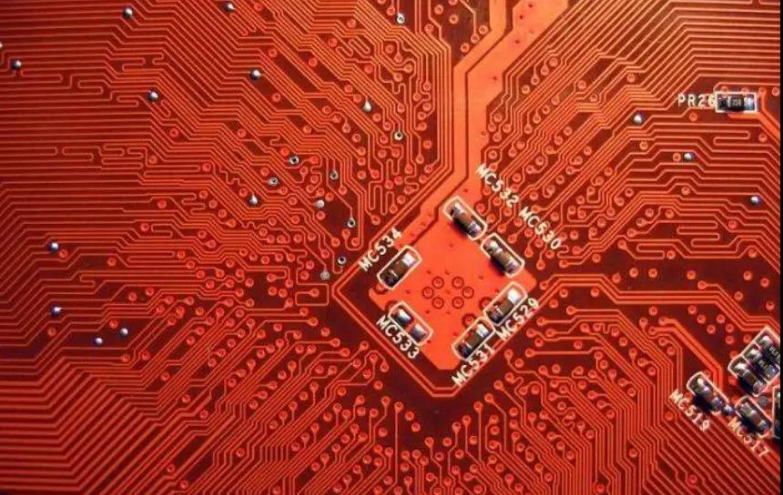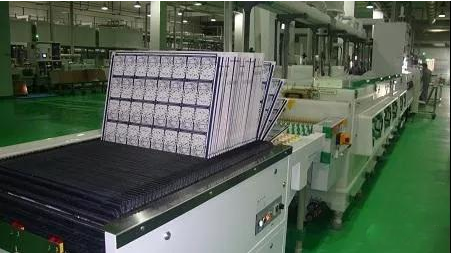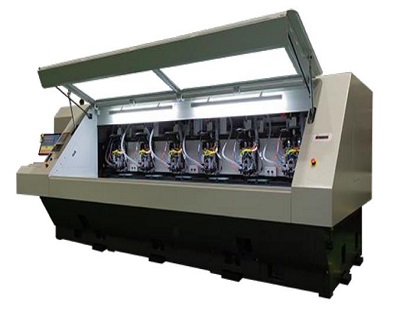Why are there halogen free requirements for PCB board now?
1, Halogen free substrate material:
According to jpca-es-01-2003 standard, copper clad laminates with chlorine (C1) and bromine (BR) contents less than 0.09% wt (weight ratio) are defined as halogen-free copper clad laminates.(meanwhile, the total amount of CI + br ≤ 0.15% [1500ppm]). Halogen free materials include tu883 of TUC, DE156 of Isola, greenspeed ⑧ series, s1165 / s1165m of Shengyi, S0165, etc.
2, Why are halogens banned?
It refers to the halogen elements in the periodic table of chemical elements, including fluorine (f), chlorine (CI), bromine (BR) and iodine. At present, the flame retardant substrate, FR4, CEM-3, etc., and the smoldering agent is mostly brominated epoxy resin.
Studies by relevant institutions have shown that halogen containing flame retardant materials (polybrominated biphenyls PBB: polybrominated diphenyl ethanol ether PBDE) will release dioxin (TCDD) and benzfuran when they are abandoned on fire. They have a large amount of smoke, bad smell, highly toxic gases and cause cancer. They cannot be discharged after ingestion, which seriously affects human health.
Therefore, the EU law prohibits the use of six substances such as PBB and PBDE. China’s Ministry of information industry also requires that electronic information products put on the market should not contain substances such as lead, mercury, hexavalent chromium, polybrominated biphenyls or polybrominated diphenyl ether.
It is understood that PBB and PBDE are basically no longer used in the copper clad laminate industry. Bromine flame retardant materials other than PBB and PBDE are mostly used, such as tetrabromobisphenol A and dibromophenol, and their chemical molecular formula is cishizobr4. Although there are no laws and regulations on this kind of copper clad laminate containing bromine as flame retardant, this kind of bromine copper clad laminate will release smoke when burning or electrical fireA large amount of toxic gas (brominated type) with a large amount of smoke; when PCB is used for hot air leveling and component welding, the plate will also release a small amount of hydrogen bromide under the influence of high temperature (> 200); whether toxic gas will also be produced is still under evaluation.
To sum up, the use of halogen as raw material will bring huge negative consequences, so it is necessary to prohibit halogen.
3, Principle of halogen-free substrate at present, most halogen-free materials are mainly phosphorus and phosphorus nitrogen systems:
During combustion, phosphorus containing resin is heated and decomposed to produce metaphosphoric acid, which is highly dehydrated, forming a carbonized film on the surface of polymer resin, isolating the resin combustion surface from contact with air, extinguishing the fire and achieving flame retardant effect. Polymer resin containing phosphorus and nitrogen compounds is highly dehydratedNon combustible gas is generated during burning to assist the flame retardant of the resin system.
4, Characteristics of halogen-free plate:
a. Insulation of materials
Because P or n is used to replace halogen atoms, the polarity of molecular bond segment of epoxy resin is reduced to a certain extent, so as to improve the insulation resistance and puncture resistance of epoxy resin.
b. Water absorption of materials
For halogen-free plate, because the electrons of N and P in nitrogen phosphorus system oxygen reducing resin are less than that of halogen, the probability of forming hydrogen bond with hydrogen atom in water is lower than that of halogen material, so the water absorption of the material is lower than that of conventional halogen flame retardant material. For plate, low water absorption has a certain impact on improving the reliability and stability of the material.
c. Thermal stability of materials
The content of nitrogen and phosphorus in Halogen-free plate is greater than that of ordinary halogen-based materials, so its monomer molecular weight and TG value are increased. When heated, its molecular movement ability will be lower than that of conventional epoxy resin, so the coefficient of thermal expansion of halogen-free materials is relatively small.
Compared with halogen-containing plates, halogen-free plates have more advantages. It is also a general trend for halogen-free plates to replace halogen-containing plates.

5, Experience in producing halogen-free PCB:
a. Lamination
The lamination parameters may vary according to the plates of different companies. Take the above-mentioned Shengyi substrate and PP as multilayer plates. In order to ensure the full flow of resin and good adhesion, it requires low plate heating rate (1.0-1.5 ℃ / min) and multi-stage pressure matching. In addition, it requires a long time in the high temperature stage, which is maintained at 180 ℃ for more than 50 minutes.The following is a set of recommended platen program settings and actual sheet temperature rise.The bonding force between the copper foil and the substrate of the extruded plate is 1.on/mm. After six thermal shocks, there are no delamination and bubbles.
b. Drilling workability
Drilling condition is an important parameter, which directly affects the hole wall quality of PCB in the processing process.Halogen free copper clad laminates use P and N series functional groups to increase the molecular weight and enhance the rigidity of molecular bonds, so they also enhance the rigidity of materials. At the same time, the TG point of halogen-free materials is generally higher than that of ordinary copper clad laminates. Therefore, the effect of drilling with ordinary FR-4 drilling parameters is generally not very ideal.When drilling halogen-free plate, some adjustments shall be made under normal drilling conditions.
c. Alkali resistance
Generally, the alkali resistance of halogen-free plates is worse than that of ordinary FR-4. Therefore, in the etching process and rework process after resistance welding, special attention should be paid to that the soaking time in alkaline film stripping solution should not be too long to prevent white spots on the substrate.
d. Fabrication of halogen-free resistance welding
At present, there are many kinds of halogen-free solder resist inks launched in the world. Their performance is not different from that of ordinary liquid photosensitive inks, and their specific operation is basically similar to that of ordinary inks.
Because halogen-free PCB has low water absorption and meets the requirements of environmental protection, it can also meet the quality requirements of PCB in other properties. Therefore, the demand for halogen-free PCB has become larger and larger.







 Jan. 07, 2023
Jan. 07, 2023 



